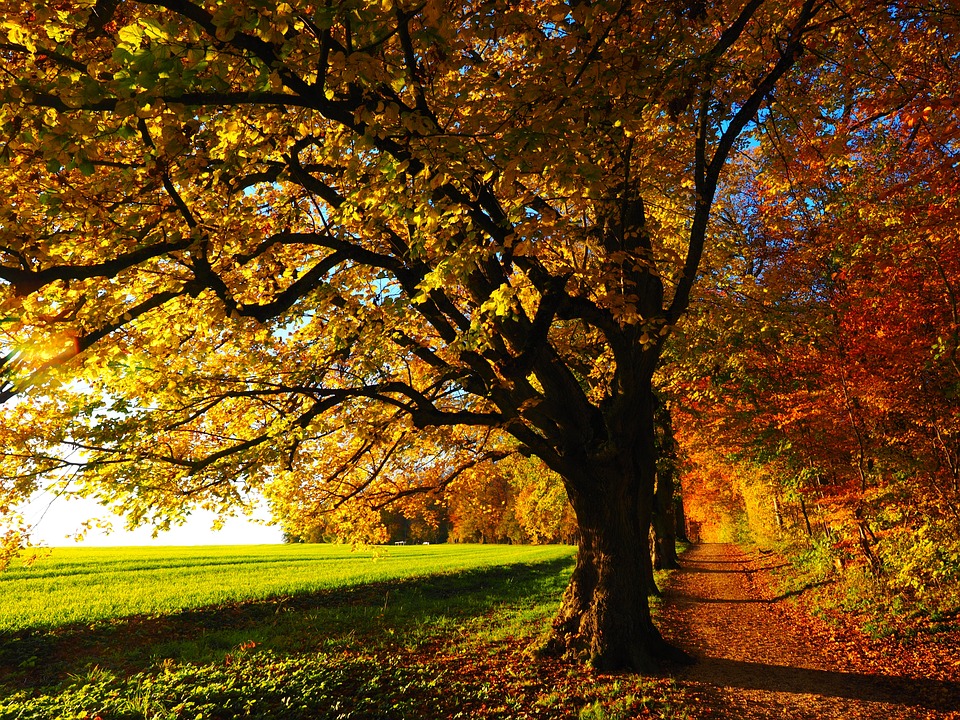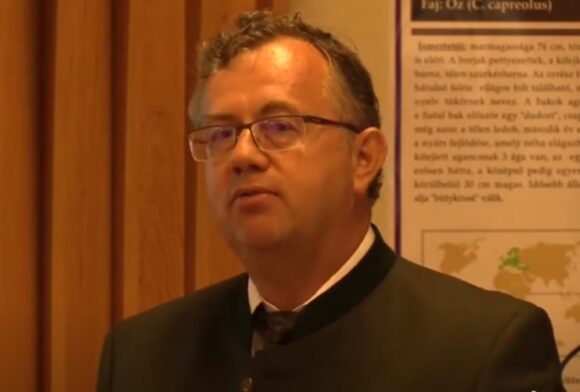The years and decades ahead may be critical for the wildlife of the Big Forest, also known as the “lungs of Debrecen”. What are the threats to this sensitive and protected ecosystem? What could be some hope in the middle of the seemingly irreversible climate change process? We talked about this hot topic with Lajos Juhász, director of NYÍRERDŐ Zrt. Forestry in Debrecen.
How has the wildlife of the Big Forest of Debrecen changed over the past years in relation to invasive species?
A process has started, which results from the fact that, in the long-term maintenance of old oaks, so-called gaps are formed in the place of overturned, dead trees, and natural regeneration cannot appear. And invasive tree species (green maple, late cherry, idol tree) settle in these gaps. They start seeding and start a very unfavorable process. This can be solved by extracting and treating the wood, and suppressing invasive species, which is a very difficult task, because logging in the Big Forest can be realized to a very limited extent. You cannot count on the appearance of natural new growth, since there has been no acorn crop for many years. Invasive species can withstand drought and climate change much better, and we must be very careful not to flood the Big Forest of Debrecen. This also means that in certain areas the forest patches must be cut down and restarted. The result of this is that the composition of acacia, which once exceeded 50 percent, has decreased to less than 10 percent. Where we harvest non-native tree species (this includes acacia), we reforest with native species in accordance with the nature conservation law, mainly oak and white poplar, as well as a smaller amount of black poplar. We trust that with the help of the Civaqua program, beautiful fiber forests will be created. I don’t think that two-century-old oaks can still be maintained or developed, but the new young ones will have to withstand this climate for 100-120 years. The Civaqua program will help a lot in this, I hope the life-giving water gets here as quickly as possible.
How much has the groundwater level decreased, and how much of a rise can we expect in the Big Forest if the water from the Keleti Main Canal arrives here?
Let’s start with the fact that the optimal groundwater level depth for oak cultivation would be 2-2.5 meters. Currently, this is under 10 meters. The designers will say how much Civaqua can help with this, but I think that if only the few open water surfaces that were there before return, it will significantly improve the microclimate – it can moderate hot days and make the air more humid. The 2.5-meter groundwater level requires a lot of water, but I am confident that the Tisza will be able to provide it through the Keleti Main Canal. It would be necessary, because we can already see that even middle-aged oaks are dying. Until then, we do our job, tending and planting native plants, and we try to suppress invasive species. How can we, city dwellers, do for the health of the Big Forest? It’s not direct harm, but the amount of garbage that ends up in the forest in one way or another is incomprehensible to me. The same applies to the Forest Wastelands in Debrecen. One and a half of the five working days a week of my forester colleagues are spent on uncovering and cleaning the declared garbage dumps. In the long term, this cannot work, and I would expect a significant change of attitude from the forest walkers. Fortunately, the majority treat the forest with appropriate humility and respect.
Is household or technical waste more common?
I’ve seen everything there. From televisions, through computers to the waste from the engine oil change and bathroom renovation, many things appear in the Big Forest. They also bring out the old furniture, and I’m not even talking about the mass of pet bottles. Littering also has a serious financial impact, as the amount spent on cleaning would be much better spent financing some kind of public welfare development. I am asking for the help of the media, civil organizations and everyone else: the most beautiful forest in the country should not become a garbage dump!
Returning to climate change, how well will native trees withstand the heat with the hopefully higher water level?
We are trying to deal with this problem, we are starting these afforestations with more mixed wood species, more drought-resistant species, for now we are still looking for the right mixed wood species for the white poplar, which can be used to break the homogeneity a little. So there will be a lot of mixed wood species (bird cherry, silver linden) and among the oaks we are also trying to get species that can withstand drought better. Of course, the local ecotype is always the best, because by definition it is the one best adapted to local conditions. However, due to the damage caused by bugs, there is no acorn crop, and according to the researchers, it is not even expected for ten years. The root system of the oaks has also changed: instead of taproots that can penetrate deep, they develop large plate roots.
What do lace bugs do to oak fruit?
The very tiny lace bug recently appeared in Hungary. They completely overturn the sap circulation, suck the sap of the oak, and interfere with the physiological processes of the tree. By the second half of August, the leaves of oaks damaged by insects turn completely yellow.
To what extent does the change in tree populations affect animals?
The bird life of the Big Forest used to be much richer, while there was less built-up area. There were fields, orchards, and pastures in the area, where they could go for food. On the other hand, the city is slowly starting to grow around the Big Forest, and where the opportunities for obtaining food become narrower, the bird life is forced to adapt. Many kinds of birds still live in the Big Forest: there used to be a small hawk, but also green sparrows, black woodpeckers, titmice, etc. still occur. The wild boar population is threatened by swine fever. Deer, fallow deer and many rodents still occur here, but it is certain that the biodiversity could be even higher than it is now. Although it is also a miracle that a thousand hectares of forest could be preserved in the northern border of Debrecen with its century-old oaks, meaning a joy to of all of us.



















